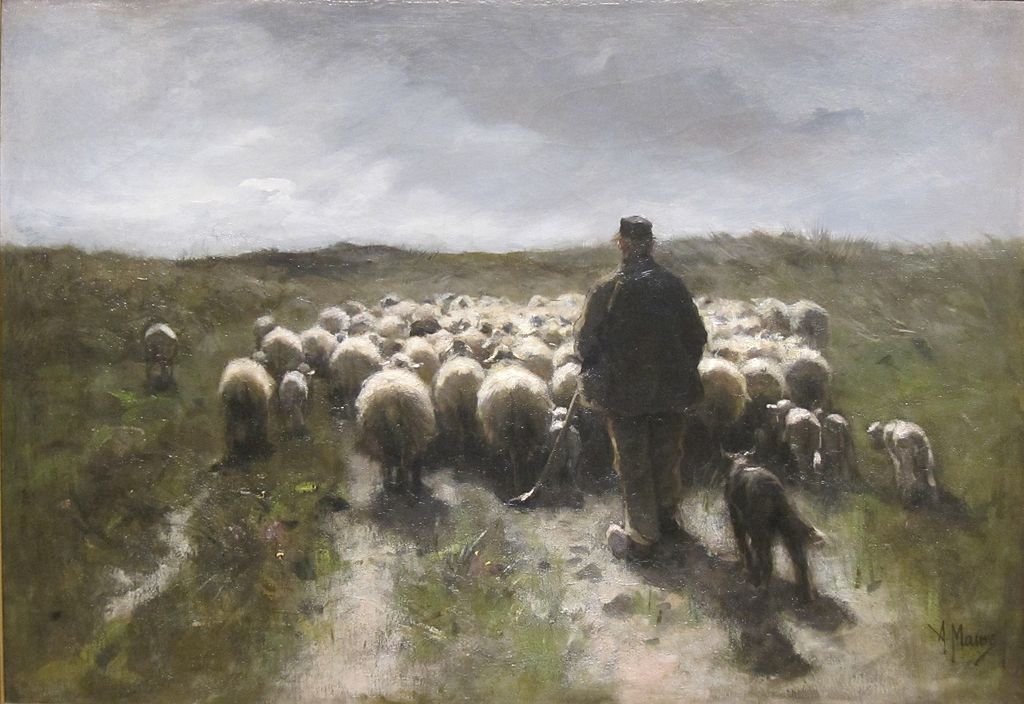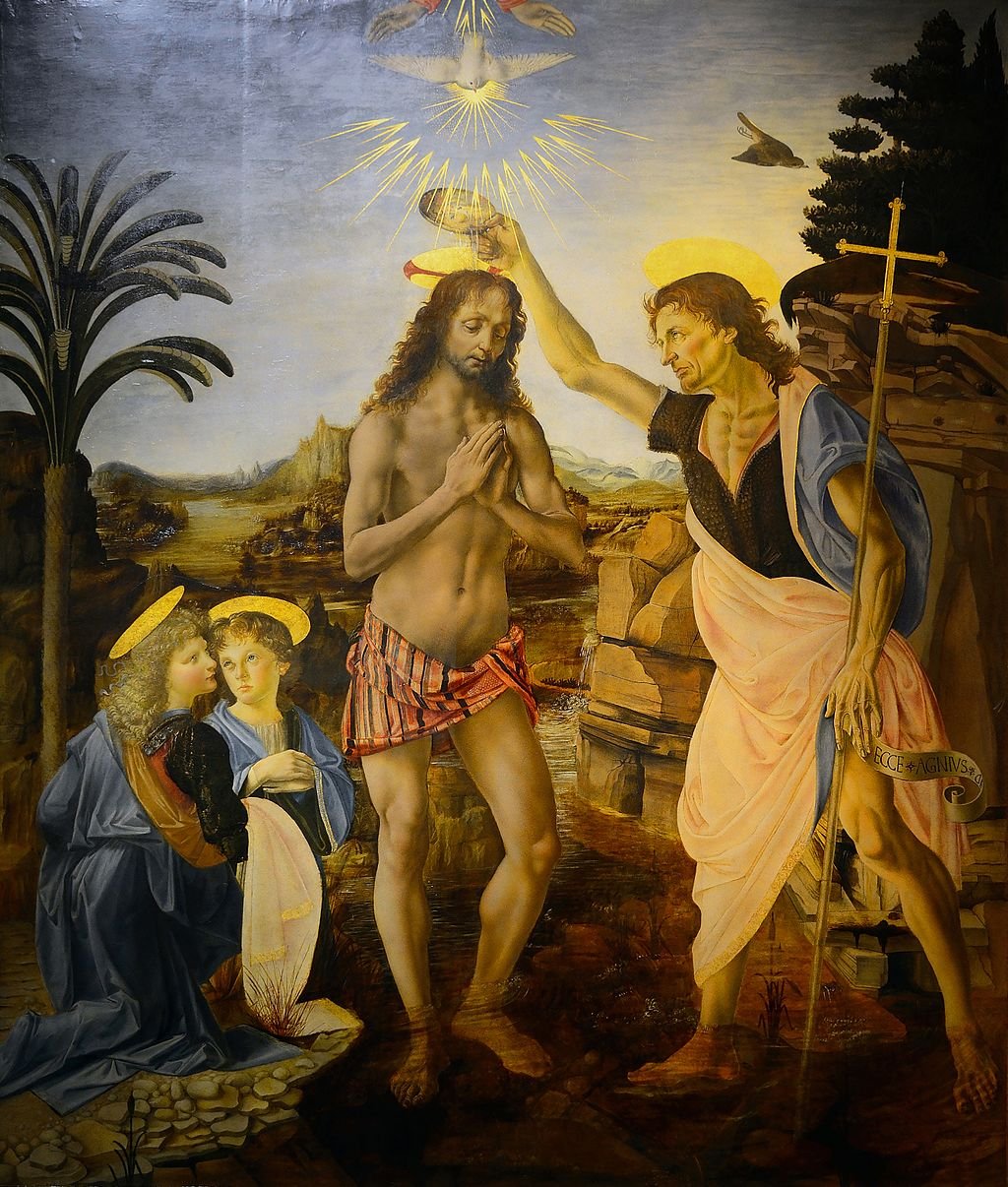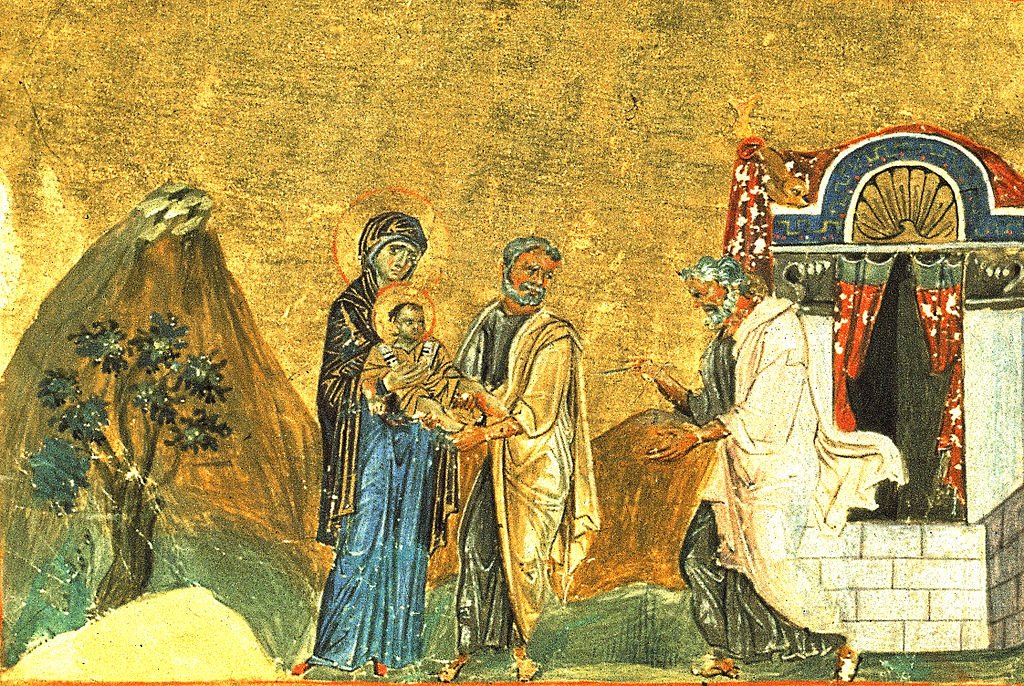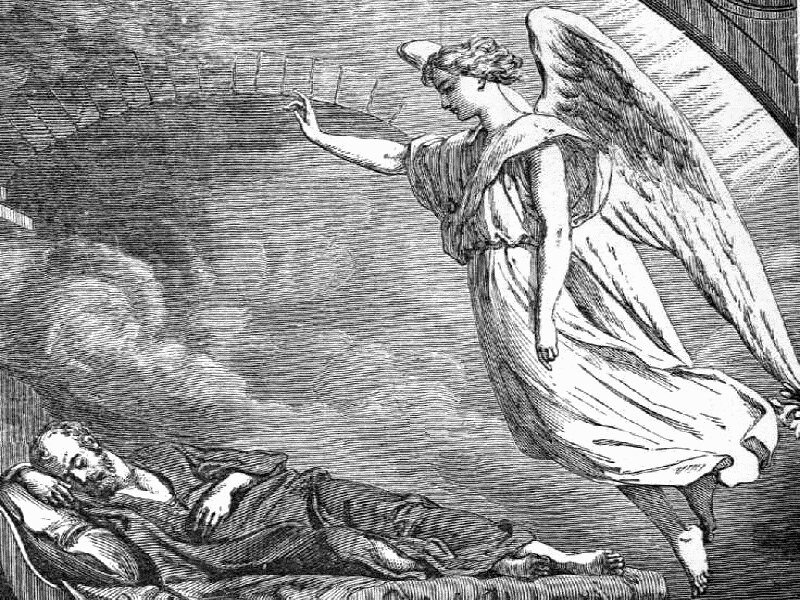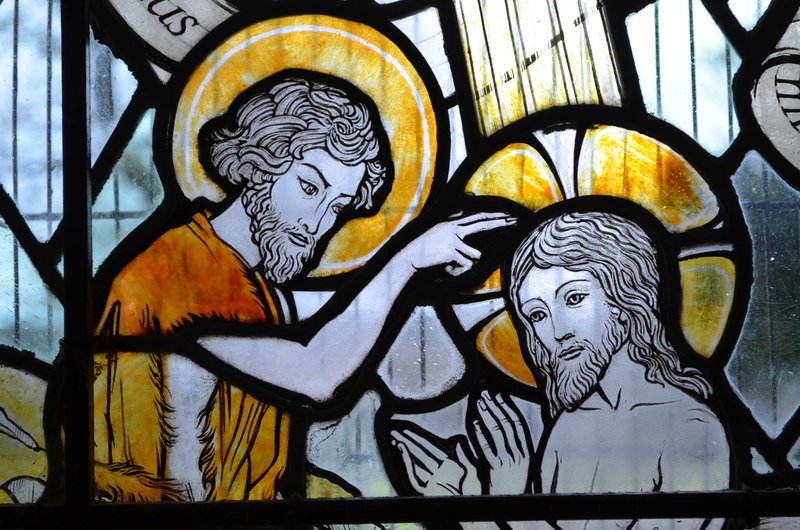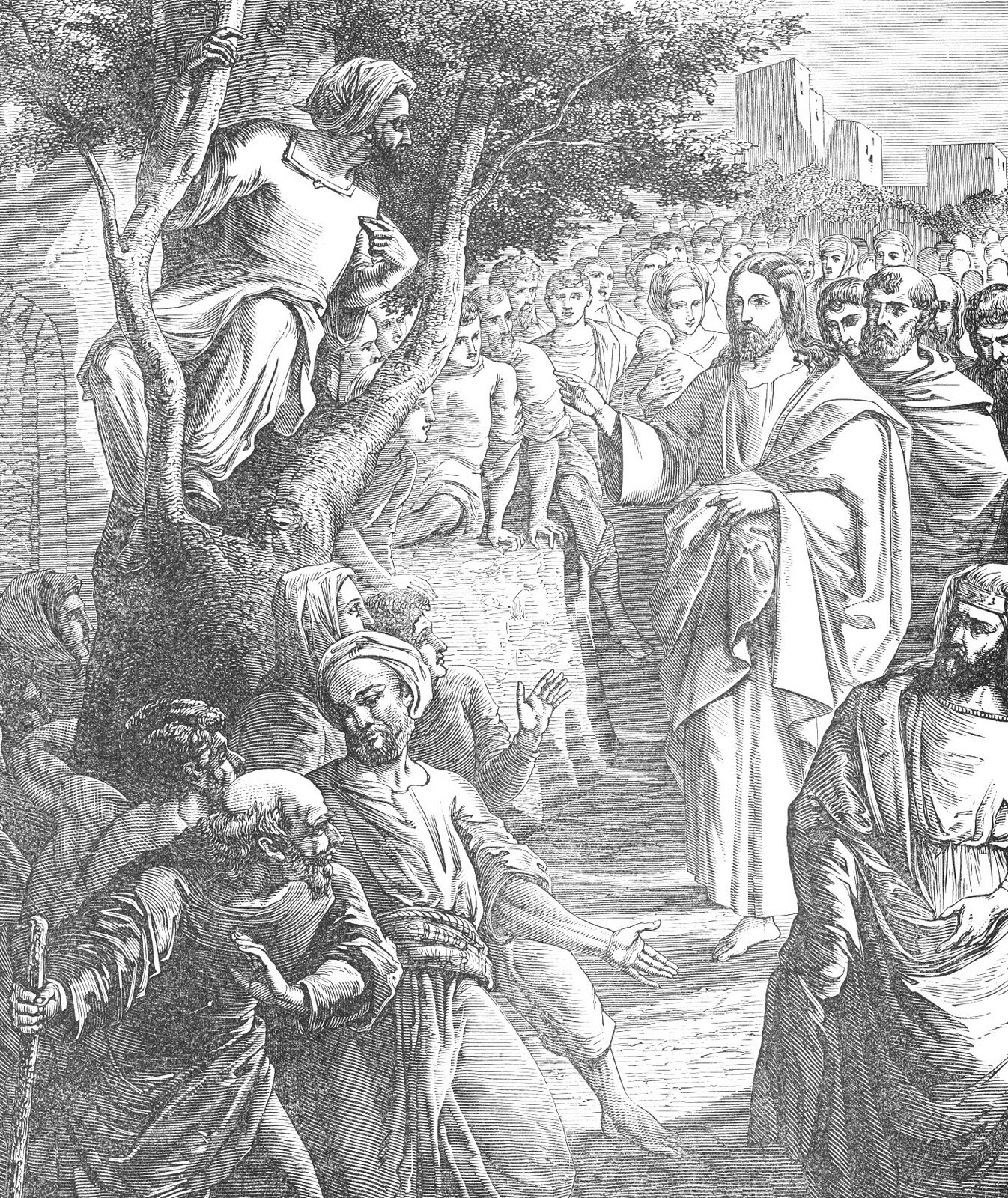When Nicodemus visits Jesus at night, there is more to their talk than meets the eye. How does Jesus being the light go with Nicodemus visiting him at night? How does someone hearing the wind go with hearing Scripture? Father Jeremiah speaks on these questions in this sermon.
Image: Visit of Nicodemus to Jesus, by John La Forge, Public Domain. Location: https://www.lookandlearn.com/history-images/YSA003406/Visit-of-Nicodemus-to-Christ





